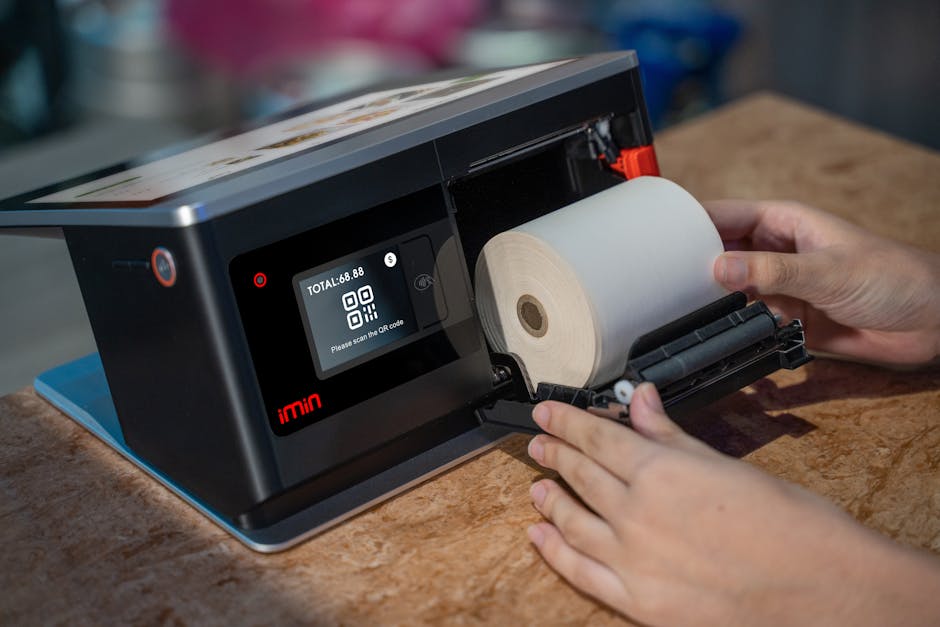Overview of Retail Management Systems Key Features and Benefits dynamic world
Overview of Retail Management Systems Key Features and Benefits dynamic world
Blog Article

In the dynamic world of retail, the effective management of operations can significantly influence a business's success. retail management systems have emerged as essential tools for retailers looking to streamline operations, enhance customer experiences, and improve overall efficiency. These solutions offer a comprehensive way to manage various aspects of retail, including inventory, sales, customer interactions, and reporting. Understanding the features and benefits of these systems is crucial for any retailer striving to optimize their operations.
Overview of Retail Management Systems: Key Features and Benefits
Retail management systems provide a suite of functionalities designed to address the diverse needs of retail operations. Key features often include:
- Inventory Management: This feature allows retailers to track stock levels, manage replenishment, and reduce the risk of overstocking or stockouts. It provides real-time data that helps in making informed purchasing decisions.
- Sales Tracking: Retail management systems often include point-of-sale (POS) capabilities that facilitate the processing of transactions, generating sales reports, and analyzing sales trends. This helps retailers understand customer purchasing patterns.
- Customer Relationship Management (CRM): Many systems incorporate CRM tools that enable retailers to manage customer interactions, track loyalty programs, and personalize marketing efforts. Building strong customer relationships is vital for repeat business.
- Reporting and Analytics: Robust reporting features allow retailers to gain insights into sales performance, inventory turnover, and other critical metrics. This data-driven approach aids strategic planning and decision-making.
- Multi-Channel Support: As retail continues to evolve beyond brick-and-mortar stores, many retail management systems offer support for online sales, ensuring a seamless shopping experience across various platforms.
The benefits of implementing these systems are profound. They can lead to improved operational efficiency, enhanced customer satisfaction, and increased profitability. By automating various processes, retailers can save time and reduce human error, allowing staff to focus on higher-value tasks, such as customer service and strategic planning.
Comparative Analysis of Popular Retail Management Systems
When considering retail management systems, it's essential to evaluate the options available in the market. Each system comes with its strengths and weaknesses. Here are a few popular choices:
- Square: Known for its user-friendly interface, Square offers a comprehensive POS system that integrates inventory management and reporting. It is ideal for small to medium-sized retailers but may lack advanced features required by larger operations.
- Shopify: While primarily an e-commerce platform, Shopify provides robust retail management features that support both online and offline sales. Its versatility makes it suitable for businesses with a significant online presence, although it may come with transaction fees.
- Lightspeed: This system is tailored for retailers with complex inventory needs, featuring advanced reporting and analytics capabilities. However, its learning curve may be steeper for users unfamiliar with such systems.
- Vend: Vend is a cloud-based solution that offers multi-store capabilities, making it an excellent choice for retailers with multiple locations. Its straightforward setup and integration with various payment processors are advantageous, but it may not be as feature-rich as some competitors.
Each system serves distinct business needs, so evaluating them based on specific operational requirements is vital for making an informed choice.
Implementation Strategies for Retail Management Systems
Successfully implementing a retail management system involves careful planning and execution. Here are some strategies to consider:
- Define Objectives: Before selecting a system, outline your business goals. Identify what you want to achieve with the retail management system, whether it's improving inventory accuracy, enhancing customer service, or increasing sales.
- Involve Key Stakeholders: Engage team members who will use the system in the selection process. Their insights can help ensure the chosen solution meets the operational needs of various departments.
- Training and Support: Invest time in training staff on the new system. Comprehensive training will help employees adapt quickly and utilize the system's features effectively.
- Start Small: If possible, begin with a pilot implementation in one department before rolling it out across the entire organization. This allows for adjustments based on real-world feedback.
- Avoid Common Pitfalls: Be cautious of rushing the implementation process. Take the time to test the system thoroughly, ensuring that it integrates seamlessly with existing processes and technology.
In conclusion, retail management systems play a pivotal role in the success of retail operations. By understanding their features, analyzing available options, and implementing them strategically, retailers can position themselves for long-term success in an ever-evolving marketplace. For more information on retail management systems and to explore various solutions, visit Zywell.
Report this page